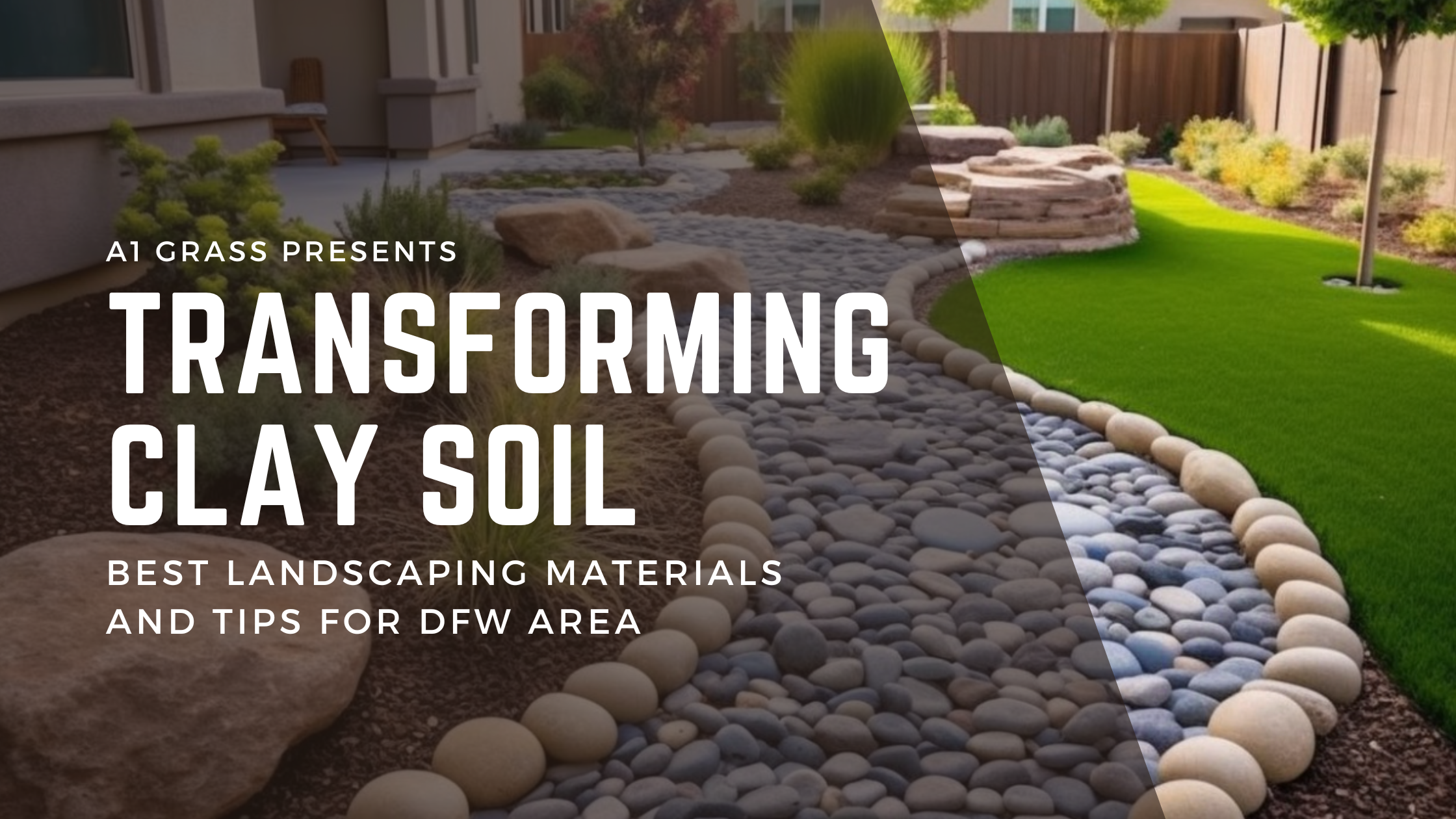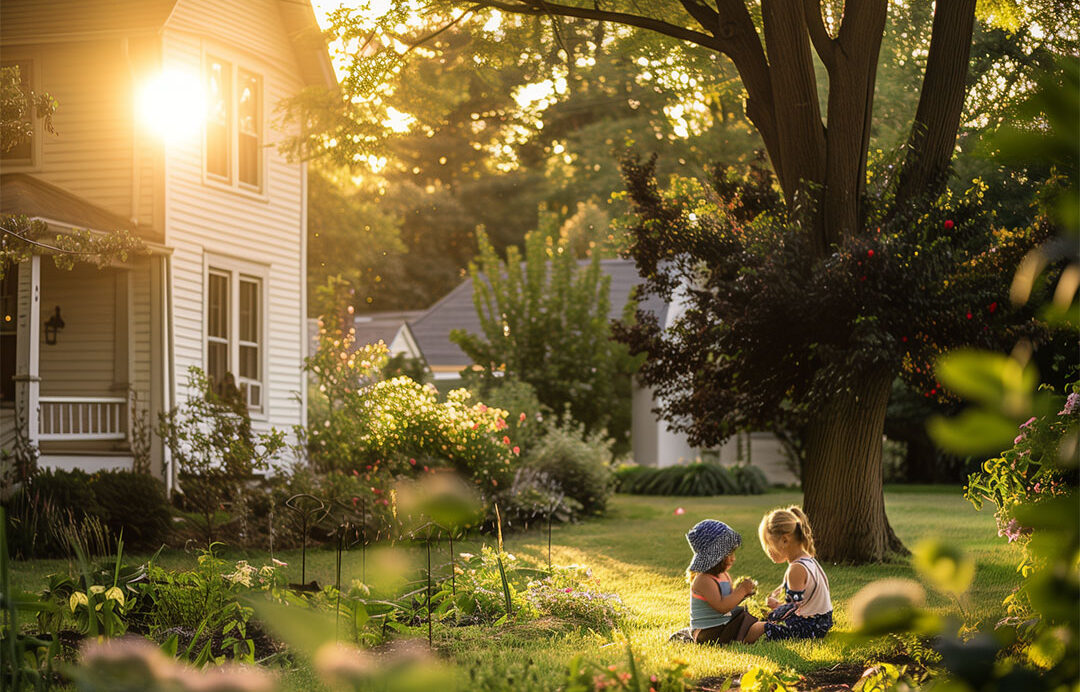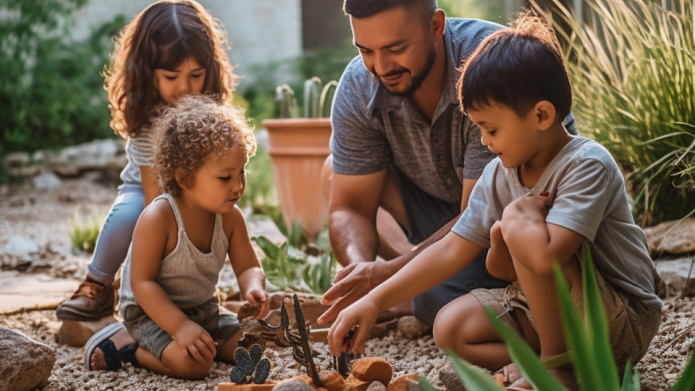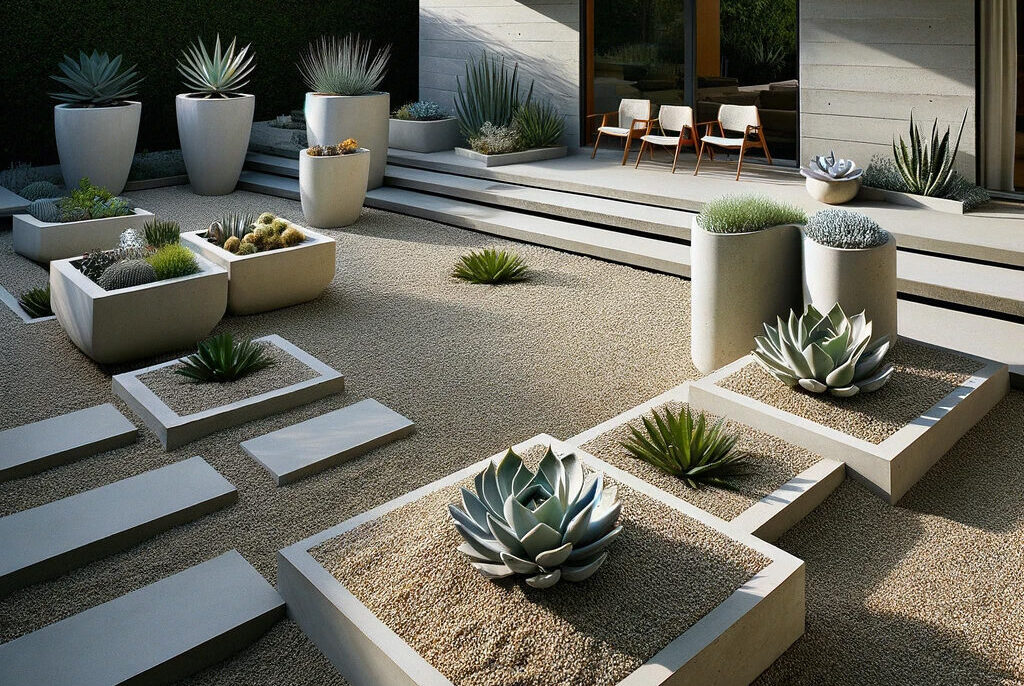Clay soil is one of the most challenging types of soil to work with when it comes to landscaping. Its heavy texture and slow-draining nature pose several challenges to homeowners and landscapers alike. However, with the right landscaping materials, it’s possible to transform your clay soil into a beautiful garden or lawn. In this article, we’ll take a closer look at the best landscaping materials for clay soil in the DFW area.
Understanding Clay Soil
Before we dive into the best landscaping materials for clay soil, let’s first understand what clay soil is and why it poses a challenge to landscaping. Clay soil is made up of fine particles that are tightly packed together, making it heavy and compact. It has a slow-draining nature, which means that it retains water for long periods, making it difficult for plants to access moisture and nutrients.
Best Landscaping Materials for Clay Soil in DFW Area
Native Plants
One of the best ways to landscape in clay soil is by using native plants. Native plants are adapted to the local climate and soil conditions, making them a better fit for your landscape. They require less water and fertilizer and are generally more resistant to pests and diseases. Some examples of native plants for clay soil in the DFW area include Texas bluebonnets, black-eyed Susan, and Indian blanket.
Organic Matter
Adding organic matter to clay soil can help improve its texture and drainage. Organic matter, such as compost and leaf mold, helps break down the clay particles and improve soil structure. This allows water to penetrate the soil more easily and provides a better environment for plant roots to grow.
Sand
Adding coarse sand to clay soil can help improve drainage and soil structure. Sand helps break up the tightly packed clay particles, allowing water to penetrate more easily. However, it’s important to use coarse sand rather than fine sand, as fine sand can make the soil more compact.
Mulch
Mulch is an excellent landscaping material for clay soil. It helps regulate soil temperature and moisture, preventing the soil from becoming too wet or too dry. It also helps suppress weeds, which can be a problem in clay soil. Organic mulches, such as shredded bark or wood chips, are best for clay soil.
Gravel
Adding gravel to clay soil can also help improve drainage. Gravel allows water to flow through the soil more easily, preventing water from pooling on the surface. It also provides a good base for paths and walkways, which can be difficult to construct in clay soil.
Drainage Systems
Installing a drainage system can help improve drainage in clay soil. A French drain, for example, is a trench filled with gravel or rock that redirects water away from the landscape. This can help prevent water from pooling on the surface and causing damage to plants and structures.
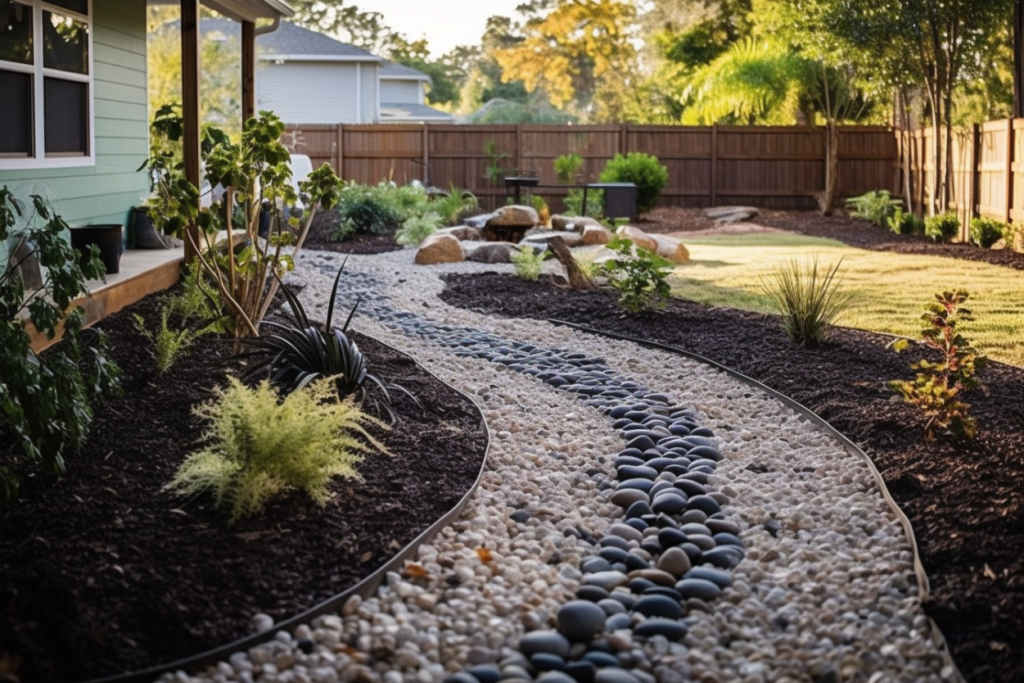
Landscape Fabric
Landscape fabric is a permeable material that allows water and air to pass through while blocking weeds. It’s an excellent option for clay soil because it helps regulate soil moisture and prevents soil erosion. It’s important to choose a high-quality landscape fabric that’s durable and can withstand the weight of heavy clay soil.
Raised Garden Beds
Another option for landscaping in clay soil is to use raised garden beds. Raised garden beds are constructed above the ground, allowing you to control the soil composition and drainage. They also provide better access to plants, which can be helpful if you have mobility issues.
Choosing the Right Plants for Clay Soil
When choosing plants for clay soil, it’s important to consider their tolerance to heavy, compact soil. Some trees, such as red oak and bald cypress, are well-suited for clay soil. Shrubs like winterberry and beautyberry also do well in clay soil. For flowers, consider planting coneflowers and black-eyed Susans.
Maintenance Tips for Landscaping in Clay Soil
To maintain a healthy landscape in clay soil, it’s important to follow a few maintenance tips. Water deeply and infrequently to encourage deep root growth. Fertilize regularly to provide essential nutrients to plants. Finally, aerate the soil periodically to improve soil structure and promote better drainage.
Conclusion
In conclusion, landscaping in clay soil can be challenging, but with the right materials and maintenance, it’s possible to create a beautiful landscape. Native plants, organic matter, sand, mulch, gravel, drainage systems, landscape fabric, and raised garden beds are all excellent options for clay soil in the DFW area. Remember to choose plants that are tolerant to clay soil and follow proper maintenance practices.
Vist A1 Grass
At A1 Grass, we provide premium grass and landscaping supplies to homeowners, landscapers, and DIY’ers who want to turn normal landscapes into beautiful dreamscapes. Our mission is to help you achieve your landscaping goals by providing the best materials and guidance. Visit us today for all your landscaping needs.
FAQs
- Can I use regular potting soil for planting in clay soil?
Regular potting soil is not recommended for planting in clay soil as it can make the soil more compact and reduce drainage.
- Can I use sand to improve drainage in clay soil?
Yes, adding sand to clay soil can help improve drainage. However, it’s important to use coarse sand rather than fine sand.
- Do I need to aerate clay soil?
Yes, aerating clay soil can help improve soil structure and promote better drainage.
- What are some plants that do well in clay soil?
Some plants that do well in clay soil include Texas bluebonnets, black-eyed Susan, Indian blanket, red oak, bald cypress, and winterberry.
- What is the best way to water plants in clay soil?
Water deeply and infrequently to encourage deep root growth. This will help plants access moisture and nutrients more easily.
Check out our other helpful articles
- Bermuda Grass for High-Traffic Areas: Top Resilient Landscaping Solution for 2024
- ZeroScape Landscaping Designs: Crafting a Drought-Tolerant Garden
- Mastering Hardscape Installation in the Dallas-Fort Worth Area: Tips for Success
- Choosing the Perfect Hardscape Materials: A Guide to Enhancing Your Outdoor Space
- 5 Affordable Hardscape DIY ideas: Transform Your Outdoor Space without Breaking the Bank

